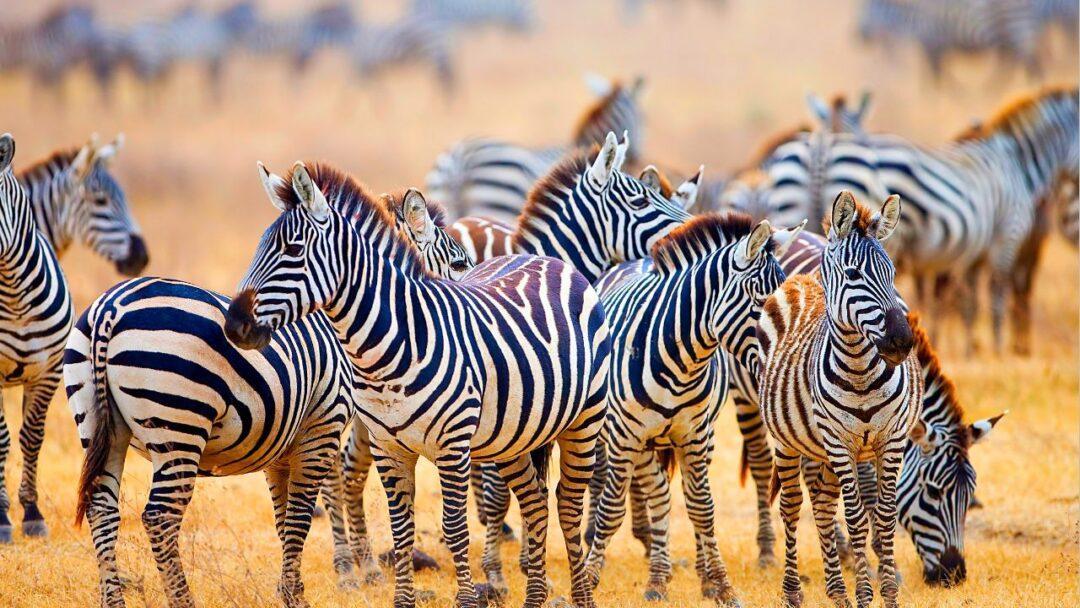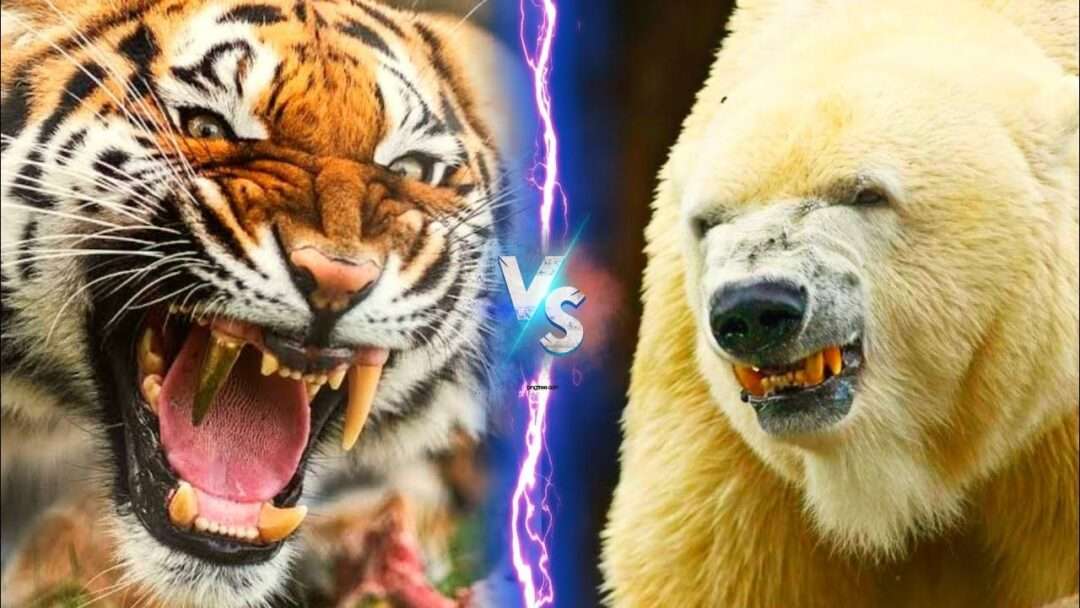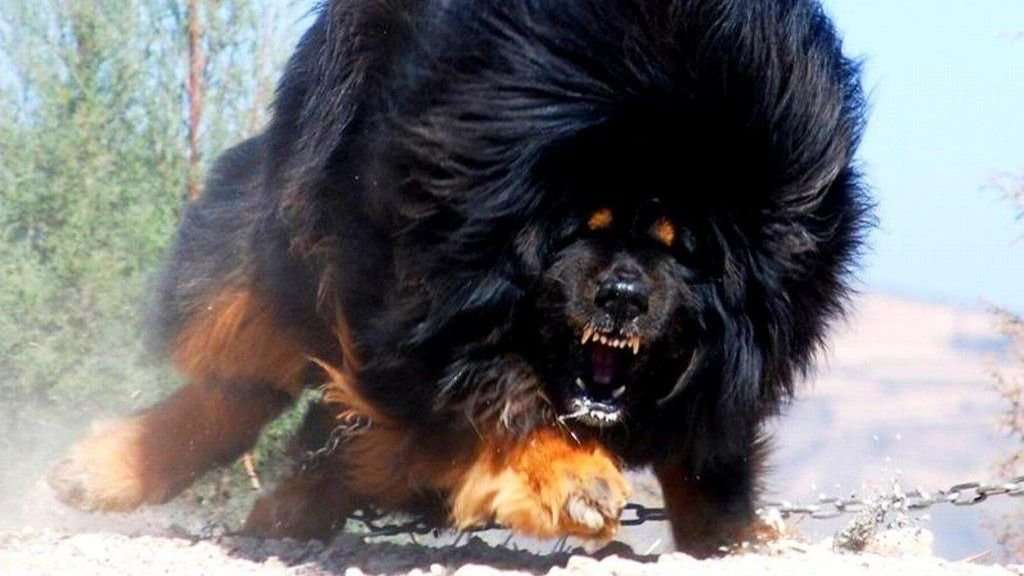Table of Contents

Introduction
Grey Wolf vs Snow Leopard: Who Will Win?. The wild wilderness offers us a wide variety of fascinating creatures, but two of nature’s most adept predators stand out: the grey wolf and the snow leopard. Both animals have extraordinary adaptations that allow them to flourish in their respective environments. We reveal the mysteries of these majestic predators and imagine a potential conflict between them in this unmatched comparison article. We investigate their anatomy, hunting strategies, and survival instincts to determine who would prevail in a conflict of epic proportions.
Anatomy and Physical Attributes
The Grey Wolf, the largest member of the dog family living in the wild, is a social and adaptable canid. Their ability to take down strong prey is made possible by the dynamics of their pack. With their powerful jaws, razor-sharp claws, and muscular build, they can attack with formidable force.
The Snow Leopard, on the other hand, prides itself on being a genuine high-altitude acrobat. Its long tail, lithe body, and wide paws are remarkable adaptations that help it move through the dangerous mountainous terrain. They are adept at climbing and pounce from elevated perches on unwary prey thanks to their sharp retractable claws.
Hunting Techniques and Strategies
The Grey Wolf, a master of cooperation, uses a complex hunting method. To eliminate large herbivores like elk, deer, and bison, they coordinate their efforts and frequently employ a divide-and-conquer strategy. Because of their strength, they can pursue prey nonstop, exhausting them before going in for the kill.
In contrast, the Snow Leopard thrives as a lone predator, depending on surprise and stealth. They almost disappear from view for potential prey due to their incredible ability to blend in with the snowy environment. They are armed with extraordinary patience, stalk their prey with stealthy accuracy, and when the moment is right, they pounce fatally.
Consequences of the Battle
In a hypothetical face-off between the Grey Wolf and the Snow Leopard, the outcome would largely hinge on several critical factors.
- Terrain Advantage: The Snow Leopard would significantly benefit from being in a snowy environment because of its superior climbing skills and built-in camouflage. On the other hand, the Grey Wolf would do better in areas with open terrain because its pack dynamics and stamina may be put to use there.
- Pack Versus Solitude: A lone Snow Leopard would feel threatened by the presence of a Grey Wolf pack. The coordinated attack of the wolves could overwhelm the leopard in a direct confrontation, impeding its attempts to flee. A lone Snow Leopard, however, might rely on stealth and evasion in order to completely avoid a direct confrontation.
- Size and Strength: The larger size and strong bite of the Grey Wolf could cause the Snow Leopard serious harm. The leopard’s agility and quick reflexes, however, might allow it to deflect fatal blows while retaliating with precise blows.
- Adaptability and Intelligence: The social structure of Grey Wolves gives them exceptional adaptability and problem-solving abilities. This could translate into tactical cooperation during combat, enabling them to take advantage of the Snow Leopard’s weaknesses. Although the Snow Leopard’s lonesome nature may give it a tactical advantage in surprise attacks, it might not have the cooperative pack’s adaptive advantage.
The Verdict: Who Would Emerge Victorious?
The ultimate winner of this titanic conflict between two of nature’s most cunning predators is still unknown. It depends on the interplay of a number of variables, including the terrain, pack dynamics, personal aptitude, and tactical skill. In an open area, the chances of capturing a lone Snow Leopard by a pack of Grey Wolves might be in their favor. On the other hand, the Snow Leopard’s stealth and agility might prove unbeatable if the battle took place in the harsh heights of the snow-covered mountains.
Who would win in a fight between a Grey Wolf and a Snow Leopard?
A hypothetical fight between a Grey Wolf and a Snow Leopard is difficult to call clearly. These animals each have unique traits that are tailored to their individual habitats and hunting habits. The Grey Wolf is a fearsome predator because of its strength, pack mentality, and endurance. The Snow Leopard, on the other hand, excels at agility, stealth, and powerful pouncing. The Grey Wolf thrives in open areas while the Snow Leopard is a high-altitude, mountain-dwelling species. In nature, they occupy different habitats. In reality, they are unlikely to come into contact because their habitats do not often cross paths.
Are Grey Wolves and Snow Leopards endangered species?
Yes, the Snow Leopard (Panthera uncia) and the Grey Wolf (Canis lupus) are both considered endangered species. Their dwindling populations are largely a result of human activity, habitat loss, and illegal poaching. To safeguard these magnificent creatures and maintain their natural habitats, conservation efforts are still being made.
Can Grey Wolves and Snow Leopards be found in the same regions?
The ranges of grey wolves and snow leopards rarely cross because they live in different habitats. While Snow Leopards live in mountainous areas in Central and South Asia, Grey Wolves can be found in a variety of ecosystems, including forests, grasslands, and arctic tundras. Because of this, their geographic distribution is very different, which lessens the likelihood that they will run into one another in the wild.
What do Grey Wolves eat, and how do they hunt?
The diverse diet of grey wolves makes them carnivorous predators. They can eat smaller mammals like rodents and hares in addition to larger ungulates like deer, elk, and moose. Due to their social nature, wolves frequently hunt in packs where they combine their skills and abilities to bring down larger prey. They can hunt over great distances because of their endurance, and they use a combination of pursuit and ambush techniques.
What is the hunting style of Snow Leopards?
Snow Leopards are solitary, elusive hunters that have evolved to survive in the harsh mountainous environments they call home. They are renowned for their amazing agility and capacity to move across rocky terrain and steep slopes. In addition to smaller animals like marmots and hares, snow leopards primarily prey on wild sheep and goats. They hunt covertly and invisibly, making impressive leaps with their strong hind limbs.
Are Grey Wolves and Snow Leopards a threat to humans?
In general, both snow leopards and grey wolves stay away from people and are not thought to pose a serious threat to people. They tend to avoid populated areas and are elusive. To ensure peaceful coexistence, it is necessary to use caution and respect wild animals’ natural habitats, just like with any other wild animal.
How fast can a Grey Wolf run?
For brief distances, Grey Wolves can run at speeds of up to 35 to 40 miles per hour (56 to 64 kilometers per hour). They are successful hunters due to their perseverance and cooperation when pursuing prey.
Which animal is more elusive – the Grey Wolf or the Snow Leopard?
Due to their elusiveness, both the Grey Wolf and the Snow Leopard are notoriously difficult to spot in the wild. Due to the difficulty of gaining access to their habitats, snow leopards are frequently thought of as being more elusive than other species because they live alone in rocky, high-altitude areas.
Are there any documented cases of Grey Wolves and Snow Leopards interacting?
There are no well-documented instances of direct interactions between Grey Wolves and Snow Leopards in the wild, despite the possibility that their ranges theoretically slightly overlap in particular areas. The likelihood of encounters is decreased because these species live in various ecosystems and at various elevations.
Which species has a more significant impact on its ecosystem – the Grey Wolf or the Snow Leopard?
As top predators, the Grey Wolf and the Snow Leopard are both vital components of their respective ecosystems. Grey wolves aid in maintaining the harmony of their habitats and controlling prey populations. Similar to this, in mountainous areas, snow leopards play a critical role in managing herbivore populations. These predators are necessary for a healthy and effective ecosystem.
Conclusion
The Grey Wolf and the Snow Leopard emerge as inspiring symbols of survival and power as we travel through the majesty of nature. Their unique hunting strategies and adaptations demonstrate the astounding diversity of nature’s evolutionary wonders. The outcome of this captivating hypothetical matchup is still up in the air, leaving us to bemoan the mysterious ways of the animal kingdom.
POLAR BEAR VS GORILLA: WHO WILL WIN? NEXT POST





Pingback: Siberian Tiger Vs Snow Leopard: Who Win Win? | Animal TV Hindi